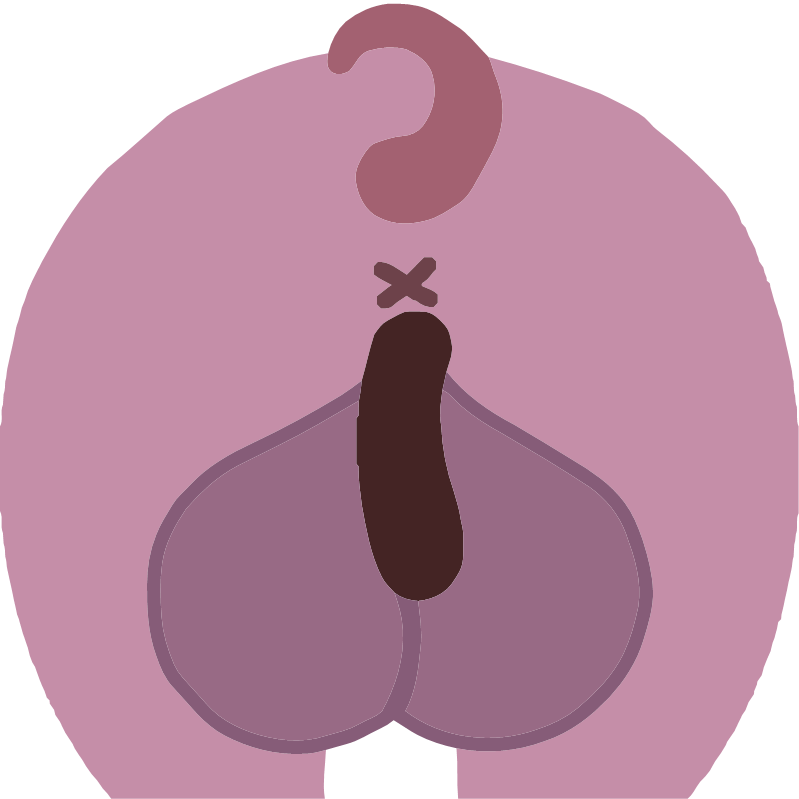- cross-posted to:
- thedeprogram
- latestagecapitalism
- cross-posted to:
- thedeprogram
- latestagecapitalism
Removed by mod
Here are your answers, although likely not the ones you had in mind when you asked these questions.
-
Each one, from each according to their capabilities, to each according to their need. In general most countries can be self sufficient, or at least self sufficient within regional blocs.
-
I would argue that China is the greatest contributor to humanitarian aid the world has ever known, but I’ll bite. The US currently exports the most food as “aid,” but this comes with massive costs to the nations receiving it. US food aid is designed to do two things: provide a captive market to over-productive US agriculture, and ensure resource rich nations are dependent on US food supplies rather than their own. The countries pay for this “aid” by growing cash crops for export rather than staples to be consumed locally, or by extracting other natural resources for export and for the profit of corporations in the imperial core. Even something as simple as modernizing agriculture is essentially forbidden to countries receiving US food aid, as more productive agriculture would lessen the position of power the empire has over its neo-colonies.
-
Up until now, the very real threat of US covert or overt intervention has stopped all but the bravest from ending this cycle of imperialist oppression. Now with the US and allies mired down in Ukraine, BRICS and others have jumped on the opportunity to build something new, partnerships and institutions based on mutual respect and equality amongst nations.
-

deleted by creator

